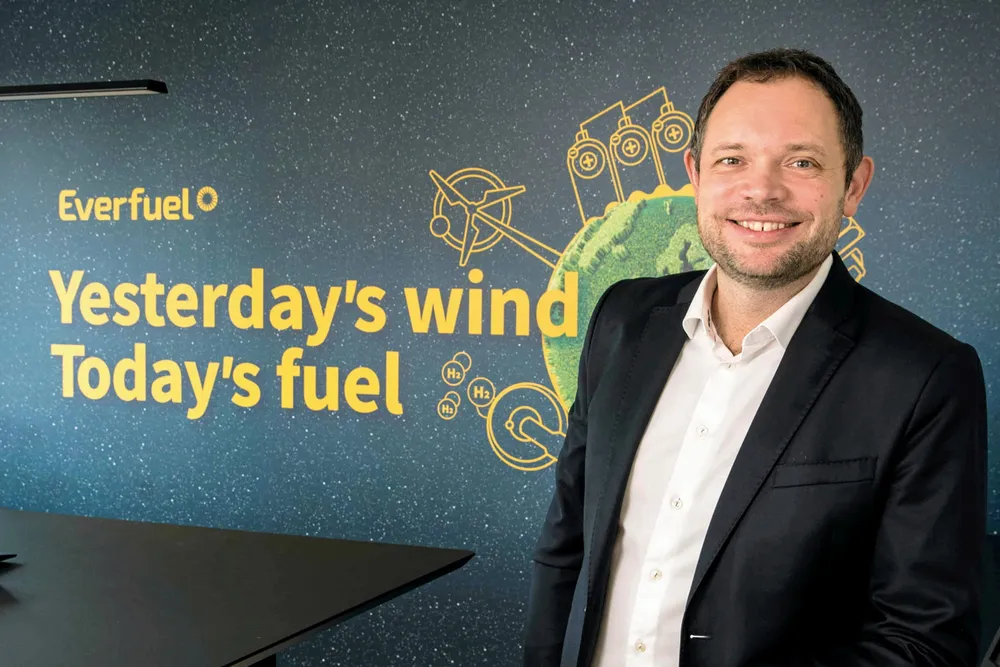Additional revenue stream | By-product oxygen from 300MW green hydrogen project sold in long-term deal
Conditional agreement will increase income from Everfuel’s HySynergy 2.0 electrolyser facility in Denmark, with an expected revenue of at least €1m annually
